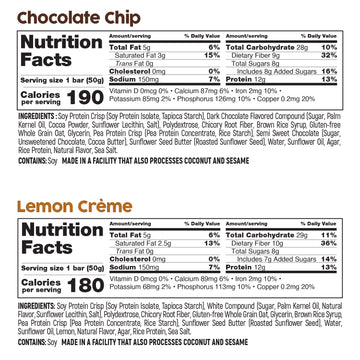Exploring the Immunological Mechanisms of Nut Allergies: Insights and Advances
Mar 22, 2024
The prevalence of nut allergies is escalating globally, posing significant health risks to affected individuals. This article delves into the immunological basis of nut allergies, elucidating the pathophysiology, symptomatology, etiological factors, and the forefront of scientific investigation and therapeutic interventions in the domain.
Immunopathogenesis of Nut Allergies
Nut allergies are classified as hypersensitive reactions of the immune system to proteins present in tree nuts (e.g., almonds, cashews, walnuts) and peanuts (technically legumes). The immune response is triggered when these proteins are mistakenly identified as pathogenic by the immune system, initiating the release of inflammatory mediators such as histamine. This immunological response is primarily mediated by Immunoglobulin E (IgE) antibodies, leading to various allergic manifestations.
Clinical Manifestations
The clinical presentation of nut allergies can vary from mild to severe and typically emerges within minutes to hours post-exposure to the allergen. Symptoms may include:
- Cutaneous reactions such as urticaria, pruritus, or eczema.
- Angioedema affecting the lips, facial region, or pharynx.
- Gastrointestinal disturbances like nausea, emesis, and diarrhea.
- Respiratory complications including rhinitis, wheezing, or bronchospasm.
- Cardiovascular symptoms such as hypotension or syncope.
Anaphylaxis represents the most severe form of allergic reaction, constituting an emergency that necessitates prompt intervention.
Etiology and Predisposing Factors
The pathogenesis of nut allergies is multifactorial, with genetics playing a pivotal role as evidenced by familial aggregation of allergic conditions. Early dietary exposure to nut proteins and environmental factors, such as pollutants or concurrent allergen exposure, have also been implicated. Furthermore, individuals with atopic conditions such as asthma, eczema, or other food allergies exhibit an increased susceptibility to nut allergies.
Innovative Research and Therapeutic Directions
Current therapeutic strategies are primarily focused on allergen avoidance. However, recent scientific endeavors aim to develop treatments that can modify the immune response to nut proteins. These include:
- Oral Immunotherapy (OIT): Gradual administration of small doses of nut proteins to incrementally increase tolerance.
- Sublingual Immunotherapy (SLIT): Introduction of nut proteins sublingually to induce immunological tolerance.
- Epicutaneous Immunotherapy (EPIT): Application of allergens via cutaneous patches to foster tolerance.
- Biologic Therapies: Employment of monoclonal antibodies to target specific immune pathways involved in allergic reactions.
Although these therapeutic modalities are promising, they are presently under clinical investigation and not widely available.
Adaptive Dietary Strategies
For individuals with nut allergies, the selection of safe dietary alternatives is crucial. Nut-free brands, such as No Nuts, offer products formulated to mitigate the risk of allergic reactions, providing safe snack options for this population. You can see more from this article The Science Behind Nut Allergies: What You Need to Know
Concluding Remarks
Understanding the intricate immunological mechanisms underlying nut allergies is essential for developing effective management and treatment strategies. Continued research in this field holds the potential to significantly improve the quality of life for those affected by nut allergies, offering hope for more effective treatments in the future.







